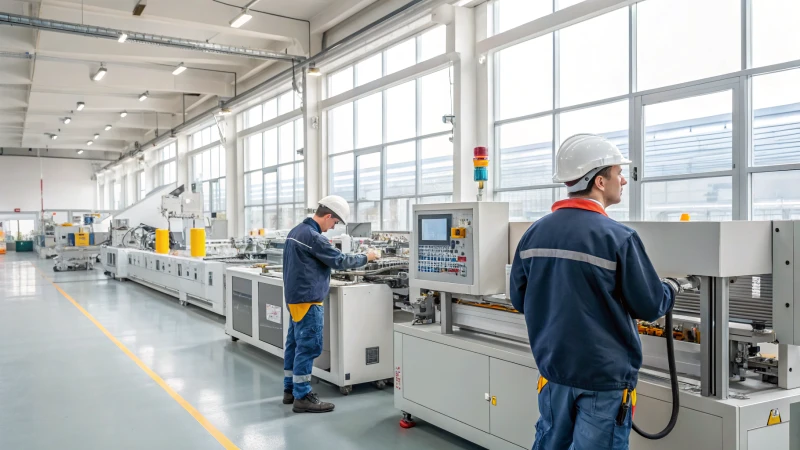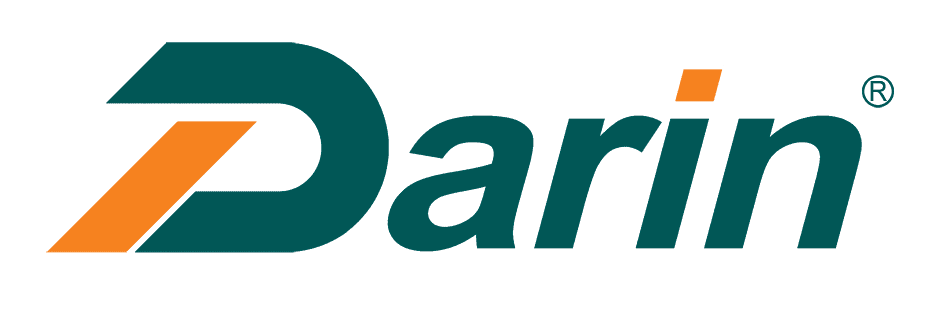
A well-maintained pet food production line is essential for consistent product quality, operational efficiency, and equipment longevity. Without a proper maintenance schedule, equipment can face frequent breakdowns, decreased performance, and even safety risks. But what is the recommended maintenance schedule for a pet food production line to keep it operating at peak performance?
The recommended maintenance schedule for a pet food production line includes daily cleaning and checks, weekly lubrication and inspections, monthly calibration and minor repairs, quarterly component replacements, and an annual full-system review. By following this structured maintenance plan, you can minimize downtime, improve efficiency, and extend the life of your equipment.
In this guide, we’ll outline a detailed maintenance schedule, explain the tasks for each interval, and provide tips for efficient maintenance management.
Maintenance Schedule Overview
| Maintenance Interval | Tasks | Мета |
|---|---|---|
| Щодня | Cleaning, basic checks, and resetting systems. | Prevents contamination and identifies minor issues early. |
| Щотижня | Lubrication, detailed inspections, and component adjustments. | Maintains smooth operation and efficiency. |
| Щомісяця | Calibration of equipment, in-depth inspections, and small repairs. | Ensures product consistency and prevents wear-related failures. |
| Щоквартально | Replacement of worn components and performance optimization. | Extends equipment life and avoids unexpected breakdowns. |
| Щорічно | Full system review, major component replacements, and upgrades. | Maximizes reliability and prepares for long-term operations. |
Detailed Maintenance Tasks by Interval
1. Daily Maintenance
Daily maintenance focuses on cleaning and minor checks to ensure the production line remains hygienic and operates without interruptions.
Key Tasks:
- Прибирання:
- Remove food residues from mixers, extruders, conveyors, and coating machines.
- Sanitize surfaces with food-grade cleaning agents to maintain hygiene standards.
- Basic Equipment Checks:
- Inspect belts, seals, and gaskets for visible wear or misalignment.
- Check sensors, displays, and control panels for proper functionality.
- System Reset:
- Reset all equipment to default settings for the next production run.
Time Required:
- 1–2 hours (depending on the size and complexity of the production line).
| Переваги |
|---|
| Prevents contamination. |
| Reduces buildup that could lead to component wear. |
| Identifies small issues before they escalate. |
2. Weekly Maintenance
Weekly maintenance involves lubrication and detailed inspections to prevent wear and ensure smooth operation of the production line.
Key Tasks:
- Мастило:
- Apply food-grade lubricants to bearings, gears, chains, and conveyor rollers.
- Ensure no over-lubrication to avoid contamination of food products.
- Inspections:
- Check extruder screws, cutting blades, and dies for wear or cracks.
- Inspect conveyor belts for proper tension and alignment.
- Verify the functionality of safety features, such as emergency stops.
- Adjustments:
- Tighten loose bolts and fasteners.
- Align any misaligned components.
Time Required:
- 2–4 hours.
| Переваги |
|---|
| Reduces friction and wear. |
| Ensures safety systems are operational. |
| Improves efficiency and reduces energy consumption. |
3. Monthly Maintenance
Monthly maintenance includes in-depth inspections, calibration, and small repairs to ensure long-term equipment reliability.
Key Tasks:
- Calibration:
- Adjust extruders to maintain precise temperature, pressure, and feed rate.
- Calibrate weighing systems to ensure accurate product measurements.
- Component Inspections:
- Inspect heating elements, dryer chambers, and cooling systems for performance issues.
- Check seals, gaskets, and filters for wear and replace if necessary.
- Minor Repairs:
- Replace worn belts, cutting blades, and small mechanical parts as needed.
Time Required:
- 4–8 hours (often scheduled during non-production hours).
| Переваги |
|---|
| Maintains product consistency. |
| Prevents minor issues from escalating into major problems. |
| Ensures compliance with food safety regulations. |
4. Quarterly Maintenance
Quarterly maintenance involves replacing moderately worn components, optimizing performance, and conducting comprehensive system checks.
Key Tasks:
- Replacement of Components:
- Replace moderately worn extruder screws, conveyor rollers, and seals.
- Install new filters and lubricants where needed.
- Performance Testing:
- Conduct trial production runs to test throughput and efficiency.
- Assess moisture levels, texture, and quality of final products.
- System Optimization:
- Fine-tune the drying, cooling, and coating systems for better performance.
Time Required:
- 1–2 days (planned during scheduled downtime).
| Переваги |
|---|
| Extends the life of critical components. |
| Identifies inefficiencies and optimizes processes. |
| Reduces the likelihood of unexpected breakdowns. |
5. Annual Maintenance
Annual maintenance is the most comprehensive interval, focusing on a full-system review, major replacements, and upgrades.
Key Tasks:
- Full System Review:
- Inspect and evaluate the condition of all components and subsystems.
- Review maintenance logs to identify recurring issues.
- Major Replacements:
- Replace heavily worn extruder screws, cutting blades, and conveyor belts.
- Upgrade control systems or software for better performance and monitoring.
- Trial Production Runs:
- Test the entire production line with raw materials to ensure proper functionality and identify hidden issues.
Time Required:
- 3–5 days (scheduled during planned production shutdowns).
| Переваги |
|---|
| Prepares equipment for another year of reliable operation. |
| Improves overall system efficiency and reduces energy costs. |
| Keeps the production line competitive with the latest technology. |
Tips for Effective Maintenance Management
- Create a Maintenance Log:
- Record all maintenance activities, repairs, and replacements to track performance trends.
- Train Staff:
- Train operators and technicians to identify warning signs of wear and address issues promptly.
- Stock Spare Parts:
- Maintain an inventory of critical spare parts, such as extrusion dies, belts, and sensors, to minimize downtime during repairs.
- Partner with Equipment Suppliers:
- Collaborate with equipment manufacturers for maintenance support, regular inspections, and spare part sourcing.
- Follow Manufacturer Guidelines:
- Adhere to the maintenance schedule and recommendations provided in the equipment manual.
Common Issues Prevented by a Maintenance Schedule
| Issue | Preventive Solution |
|---|---|
| Equipment Malfunctions | Routine inspections and repairs. |
| Contamination Risks | Regular cleaning and sanitization. |
| Inconsistent Product Quality | Calibration of extruders and systems. |
| Unexpected Downtime | Component replacements and proactive maintenance. |
Висновок
A well-structured maintenance schedule is essential for the efficient and reliable operation of a pet food production line. By performing daily, weekly, monthly, quarterly, and annual maintenance tasks, you can prevent costly breakdowns, improve product quality, and extend the life of your equipment.
If you need help implementing a maintenance plan or require expert guidance, contact us today! We’ll help you optimize your production line for long-term success.


